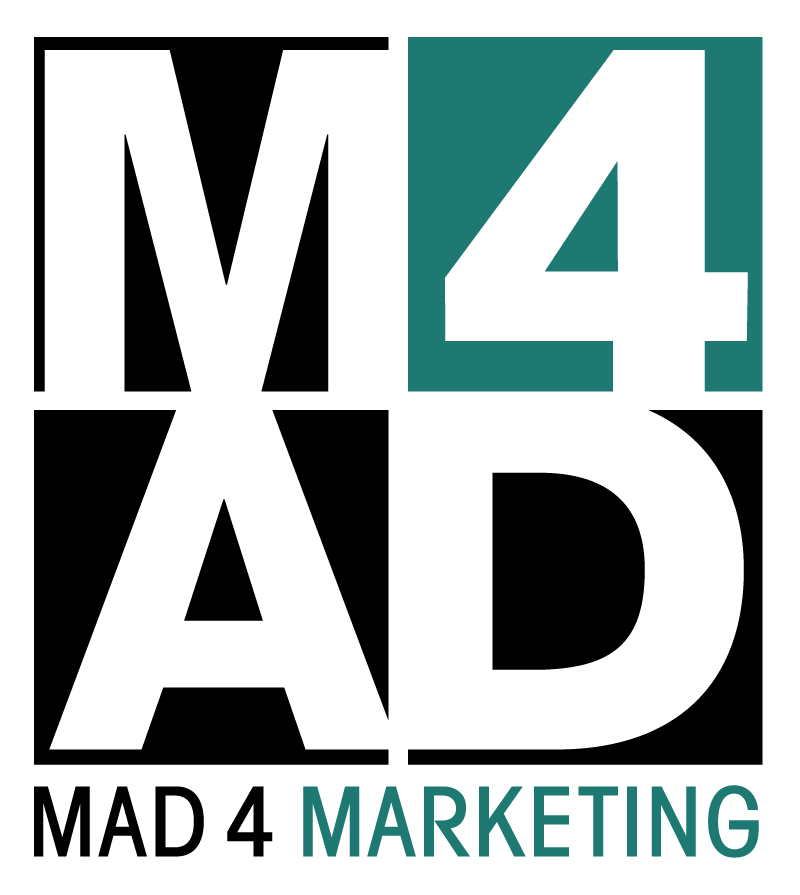Mad 4 Marketing, like all agencies today, is evolving its RFP processes to successfully communicate with Procurement departments in addition to the marketing and advertising executives we’ve traditionally worked with.
The recessive economy has forced companies to try and do more with less. That creates a cost driven emphasis that creates concern. The core question is what are our clients most interested in? Quality? Results? Lower cost? Of course they want all three. The concern that agencies have is that once the selection process is handed over to Procurement, regardless of the wording in the RFP document, low price wins.
Ad Age editor Jonah Bloom reports that nine out of ten procurement officers have had no experience in marketing before their current role. At recent events like the Association of National Advertisers (ANA) annual conference, and the American Advertising Federation’s annual Hall of Achievement awards, speakers pointedly critiqued and condemned the procurement trend as strangling creativity and innovation.
Yet complaining to each other will not help. The procurement trend is driven by economic reality. The result has been an attitudinal shift that will not change in the near term. Agency prosperity will depend upon what it’s always depended upon – selling the value. The difference is that we must sell the value to an audience that may not fully understand the differences between offerings.
Agency response to the changed environment can take several directions. Let’s call the first option the “Sharpen Your Pencil!“ response in which we minify expense wherever possible, take aim at a projected winning bid, and find a way to get there. This response is short sighted. It will win some accounts at the lowest acceptable margin, but the question is whether we can provide our best work, get the best results and keep that client for the long term, not to mention living the agency brand which is inextricably tied to quality.
A second possible path is the “Stick to our Guns!” scenario. This response, in which the agency takes a stand and prices/proposes exactly as they’ve always done, is an equally ill-conceived strategy. It says to the client that your agency is unmoved by their concerns. Even winning accounts, you’ve established an us vs. them relationship that is likely to result in perceptions damaging to the long-term health of the partnership.
In my opinion, a better option might be called “Let’s Play Ball!” In this scenario, the agency proactively works to find a business structure that may look different from historical models, but speaks to client concerns, while allowing the agency to produce at a high level and be profitable. Two obvious questions, what does that mean specifically? And how does one present new business concepts within what are often rigidly structured RFPs based on an assumed business model, i.e., a matrix of hierarchical roles and their related hourly fees.
To answer the first question, it’s a matter of business creativity. We are seeing a lot of experimentation now. Some powerful clients like Coca-Cola and P&G are mandating versions of value based pricing. As the mega agencies continue to deal with that reality, no doubt some of the finer business minds will find ways to turn a negative into a positive and find competitive advantage in adapting to performance based compensation models. Some smaller agencies are giving up on the thought of hourly fees and adopting a project based pricing model, even in an Agency of Record context.
The more difficult question is how to pursue such strategies within the rigorous confines of RFP rules. Depending upon how tightly a given RFP is structured, agencies may need to wait until short-list presentations to plant those seeds. It can certainly be a question during the question period, “May we present alternative compensation models?”
But in the long term, it’s an educational process. Business development people should be including procurement leaders in their outreach. As previously mentioned, 90% do not have marketing backgrounds and would benefit from being part of ongoing dialogue. By creating relationships before the RFP process, you might find a more beneficial set of RFP rules and review procedures taking place. We’ve done educational campaigns for clients. This one’s for us, too – to enable more powerful, and long-lasting agency/client partnerships.
